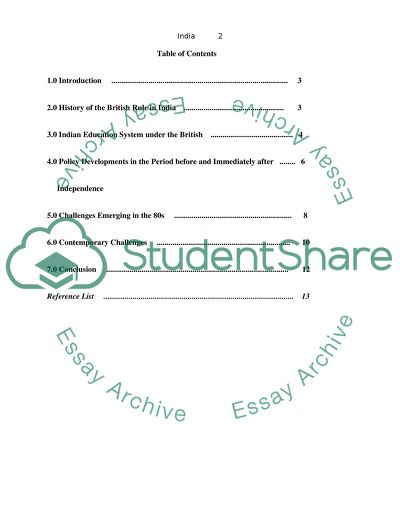Cite this document
(“Social Policy Development Pertaining to Education in India Essay”, n.d.)
Retrieved from https://studentshare.org/environmental-studies/1419785-social-policy-development-pertaining-to-education-in-india
Retrieved from https://studentshare.org/environmental-studies/1419785-social-policy-development-pertaining-to-education-in-india
(Social Policy Development Pertaining to Education in India Essay)
https://studentshare.org/environmental-studies/1419785-social-policy-development-pertaining-to-education-in-india.
https://studentshare.org/environmental-studies/1419785-social-policy-development-pertaining-to-education-in-india.
“Social Policy Development Pertaining to Education in India Essay”, n.d. https://studentshare.org/environmental-studies/1419785-social-policy-development-pertaining-to-education-in-india.


